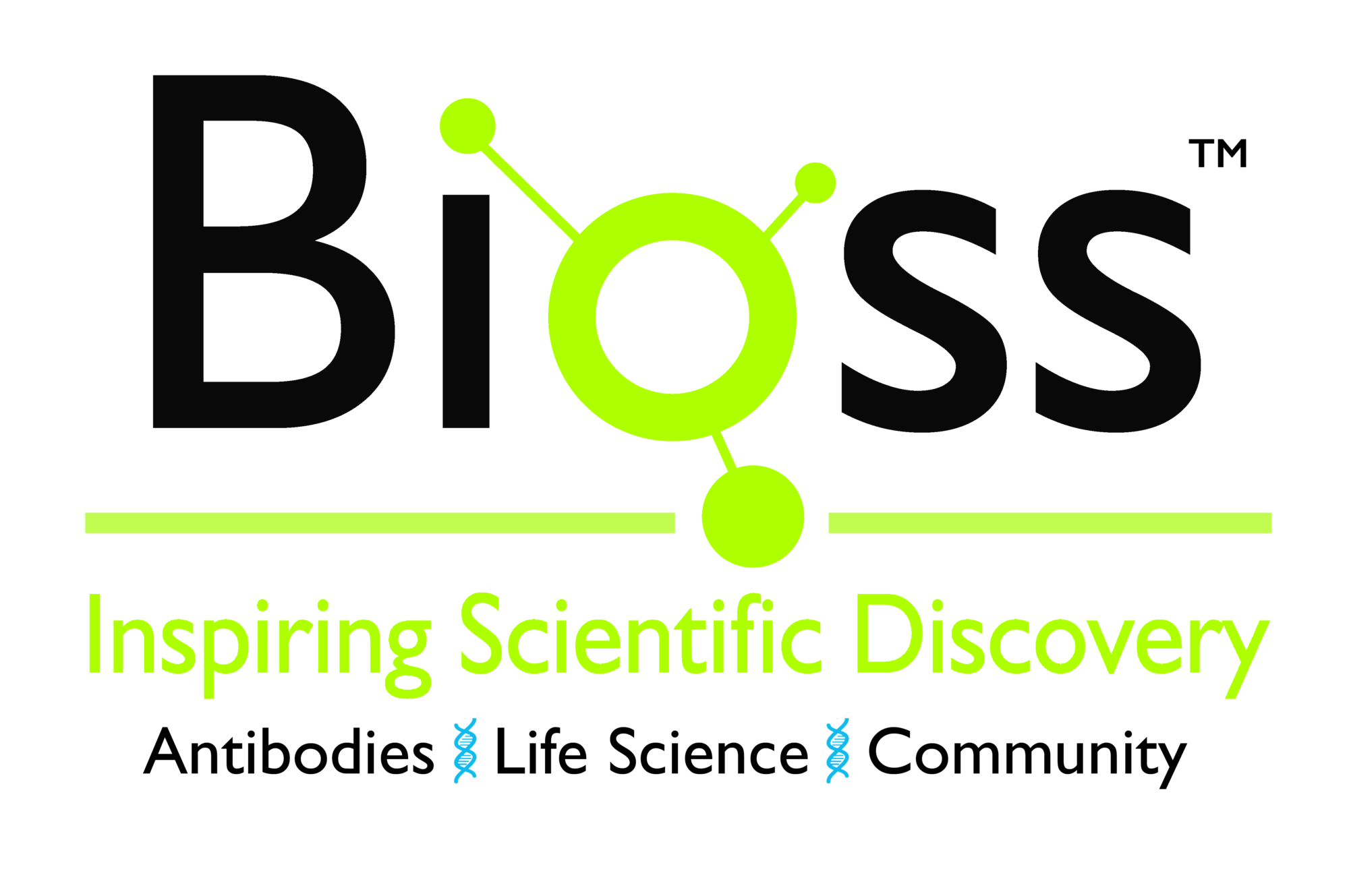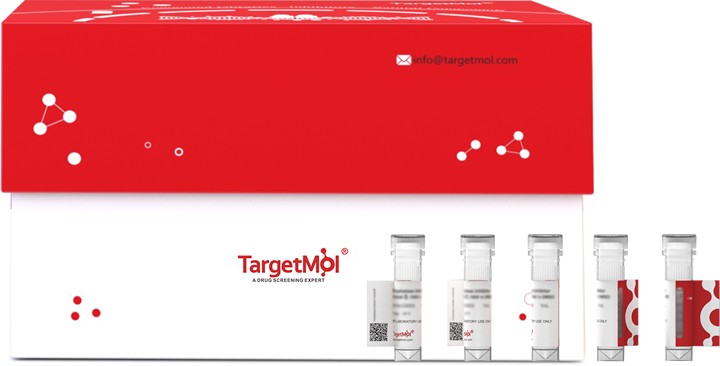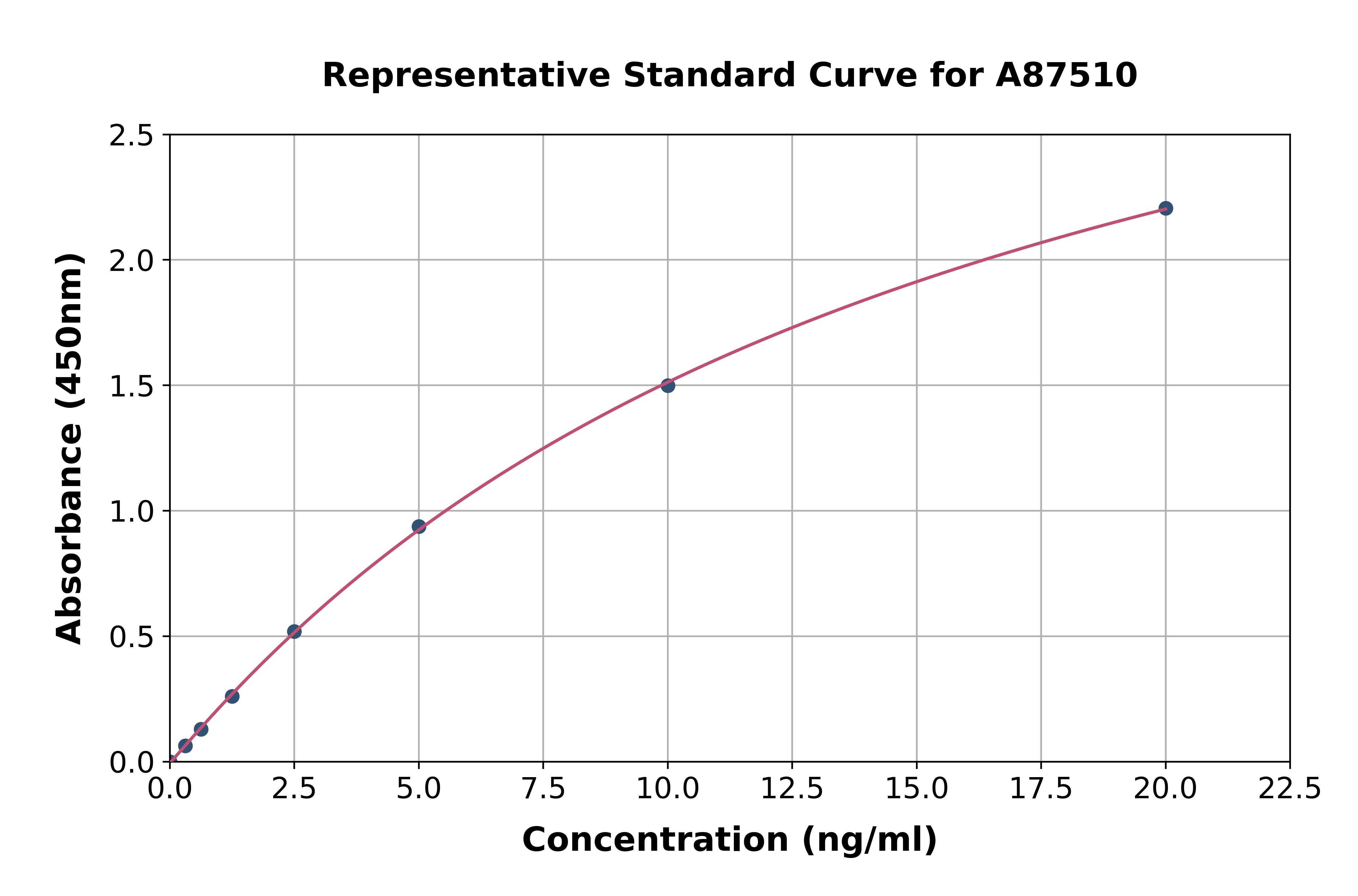Search results: LOX CRISPR
Product group Antibodies

sLOX 1 Polyclonal AntibodyBS-4206R
ApplicationsImmunoFluorescence, ELISA, ImmunoCytoChemistry, ImmunoHistoChemistry, ImmunoHistoChemistry Frozen, ImmunoHistoChemistry Paraffin
TargetOLR1
- SizePrice
Product group Chemicals
LOX-1 Protein, Rat, Recombinant (hFc)TMPY-03371
Molecular Weight63.9 kDa (predicted)
- SizePrice
Product group Chemicals
CAS Number106461-41-0
Estimated Purity98.01%
Molecular Weight393.48
- SizePrice
Didn't find what you were looking for?
Search through our product groups to find the right product
Back to overview



![5-LOX inhibitor [106461-41-0]](https://www.targetmol.com/group3/M00/35/C2/CgoaEGayKseEbbK3AAAAAL4Fqoc099.png)